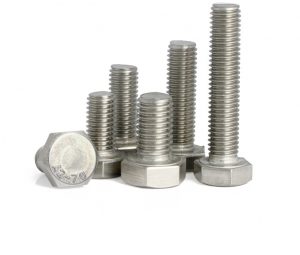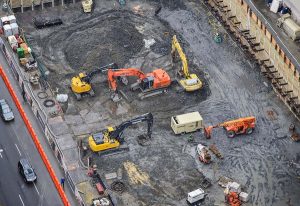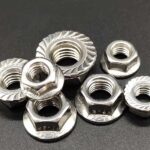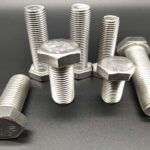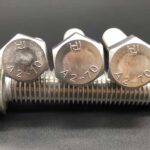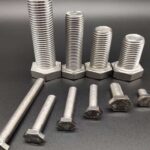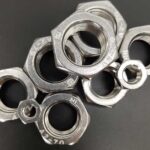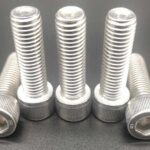Due to the crystal characteristics of thick-walled austenitic stainless steel tubes, the ultrasonic testing block of weld seam has always been a difficult problem in the field of non-destructive testing. In order to provide an effective reference for adjusting the sensitivity of ultrasonic testing probe and improve the reliability and accuracy of ultrasonic testing of weld seam of thick-walled austenitic stainless steel tubes, according to the requirements of NB/T47013-2015 “Non-destructive Testing of Pressure Equipment” and in-situ In the welding process, different typical artificial defects contrast test blocks are made. Conventional ultrasonic K1.5 and 2MHz oblique probes are selected to detect the defects on 40 mm and 60 mm analog test blocks. The results show that the detection can scan the defects and locate them accurately. Later, the detection process will be further improved to select more reasonable detection conditions.
Austenitic steel welding process is widely used in petroleum processing equipment because of its good mechanical strength, toughness and corrosion resistance. However, austenitic steel welding seam material belongs to coarse grained material. Because of the anisotropy of sound velocity, the direction of sound velocity propagation is different. Many unpredictable clutters will appear in the ultrasonic testing of austenitic steel welding process, which causes great difficulties in locating and quantifying weld defects. At present, the thick-walled austenitic pipelines are all tested by gamma-ray source. Temporary steel structure and lead shield are needed to be installed. The detection must be exposed continuously for 6 hours. Usually only one welded joint can be detected in one day and night, and the efficiency is very low. Moreover, the installation and removal of lead shield for steel structure require higher labor costs and large-scale hoisting equipment shift costs. Taking a residue hydrogenation as an example, only 1. The 5% ratio of X-ray spot checking needs 25 days (without considering the X-ray detection of <30 mm, and the repairing and re-checking period of weld joints). The conventional maintenance period of residue hydrotreating unit is 22 days, which is far from meeting the needs of X-ray detection.

